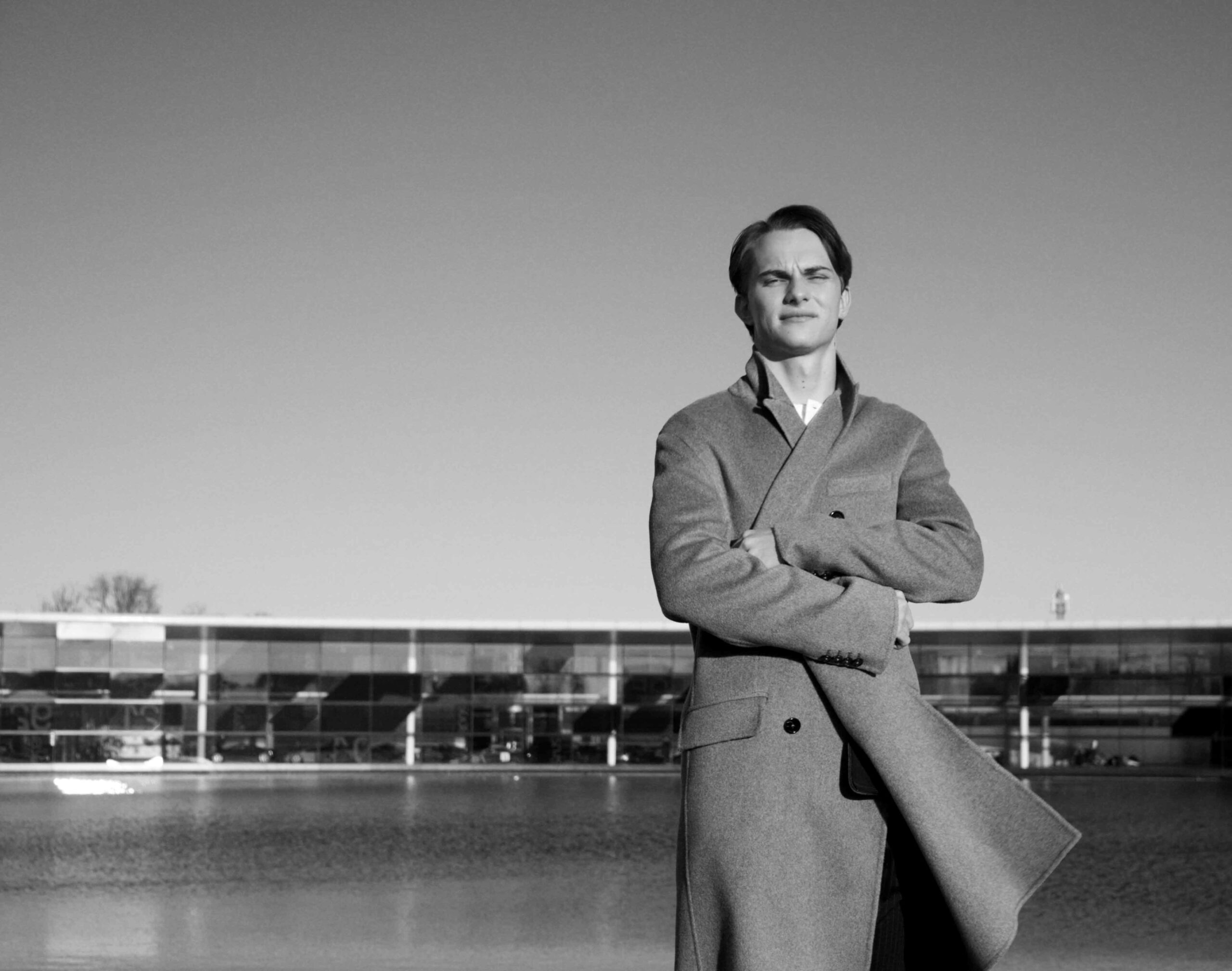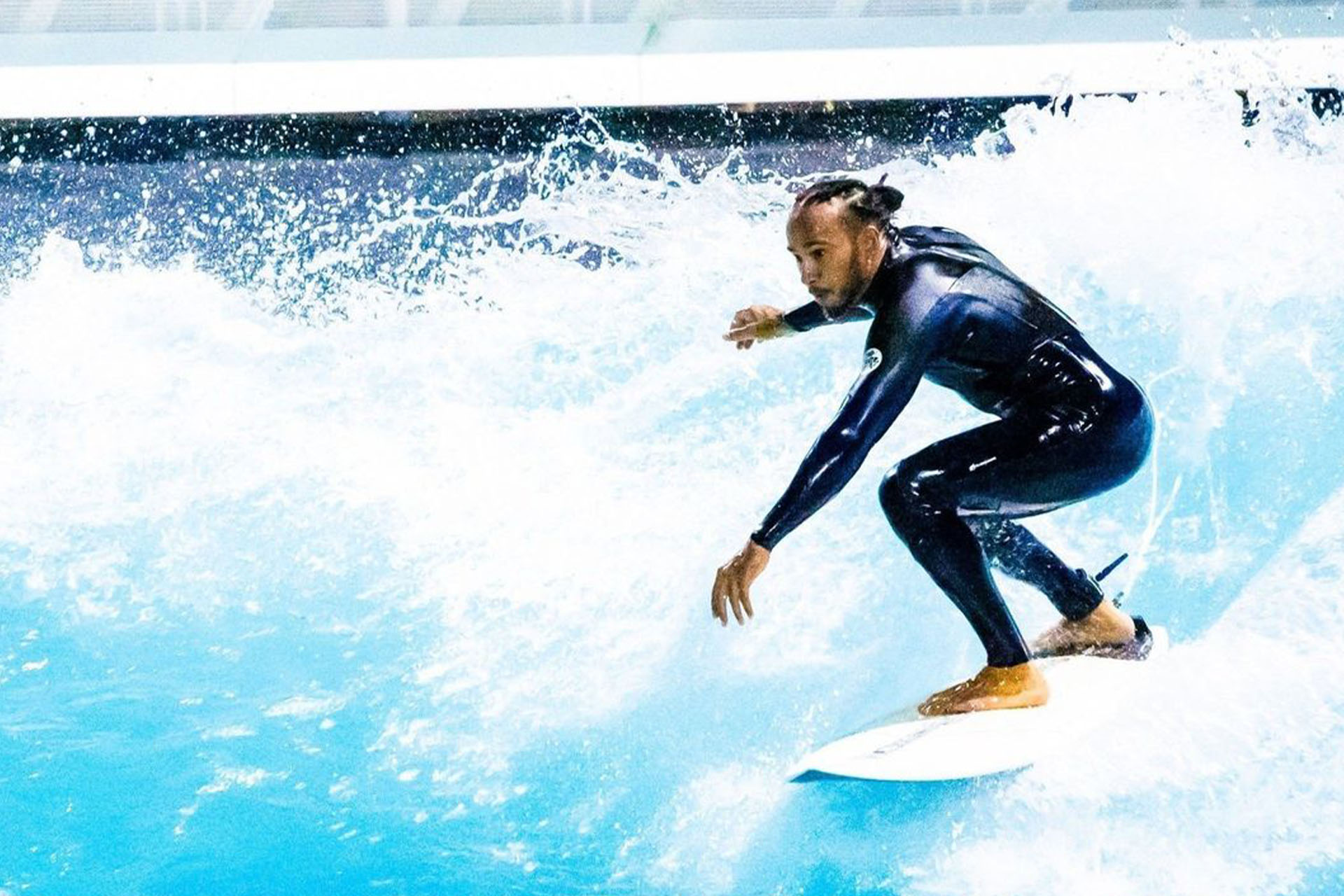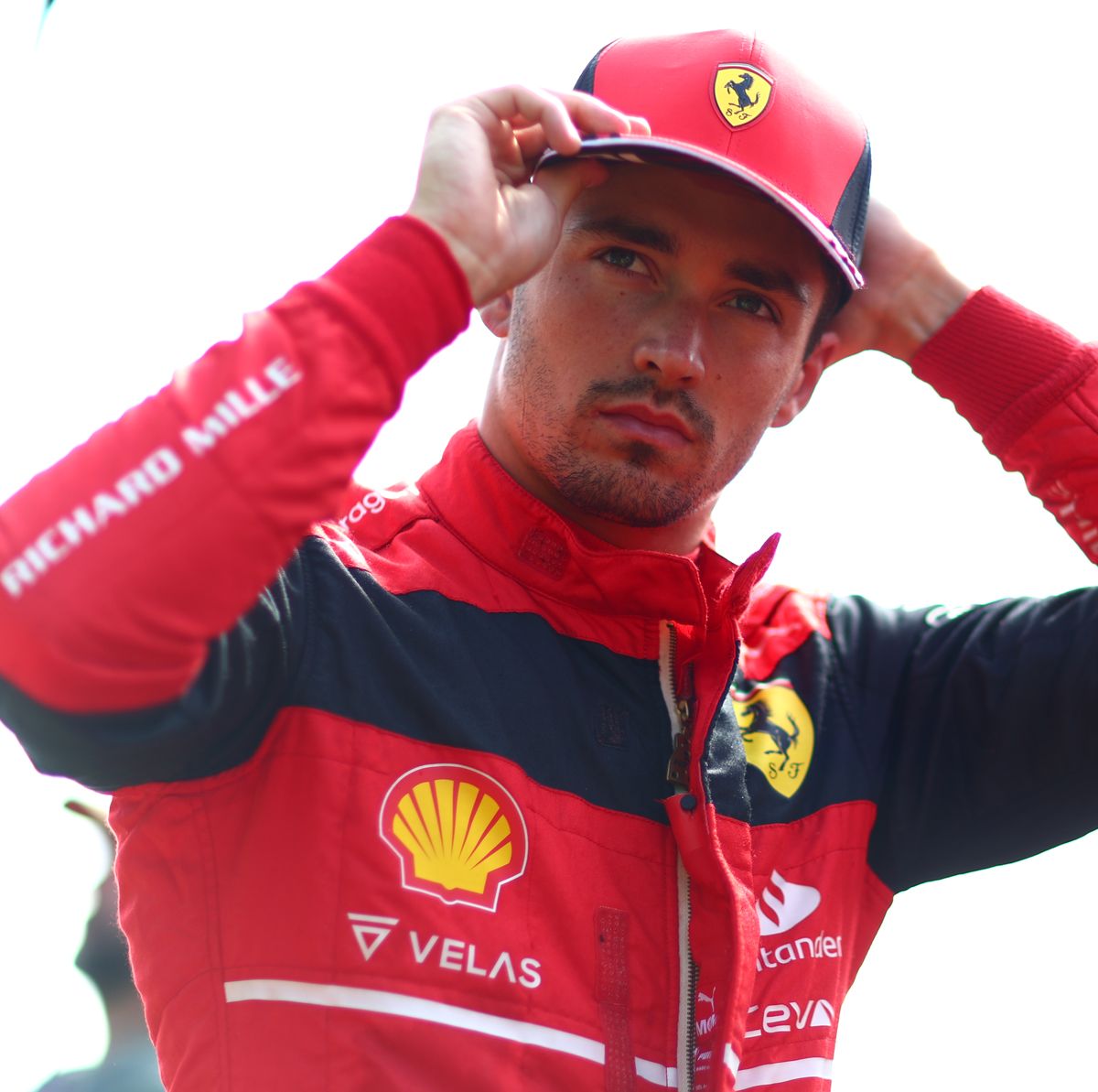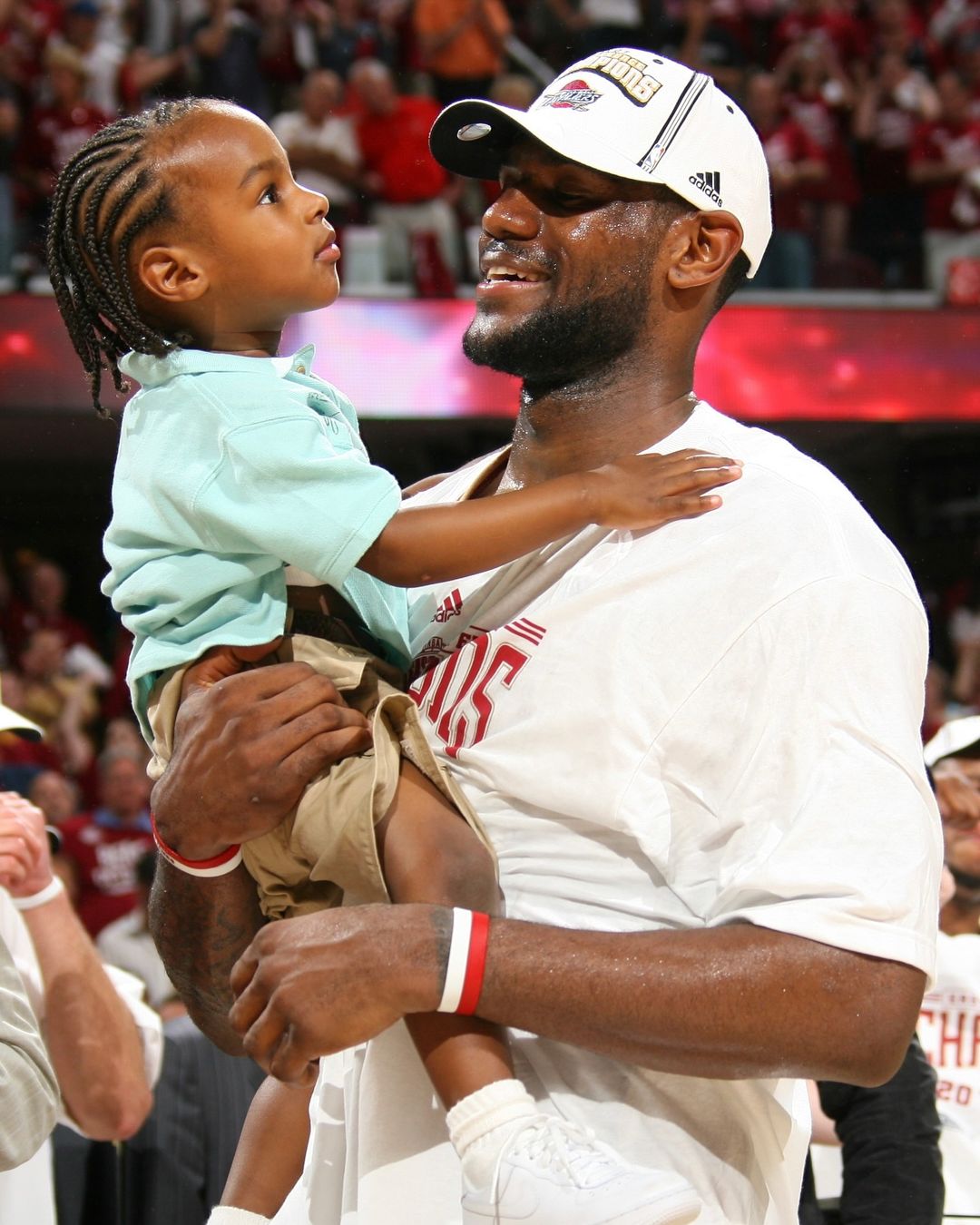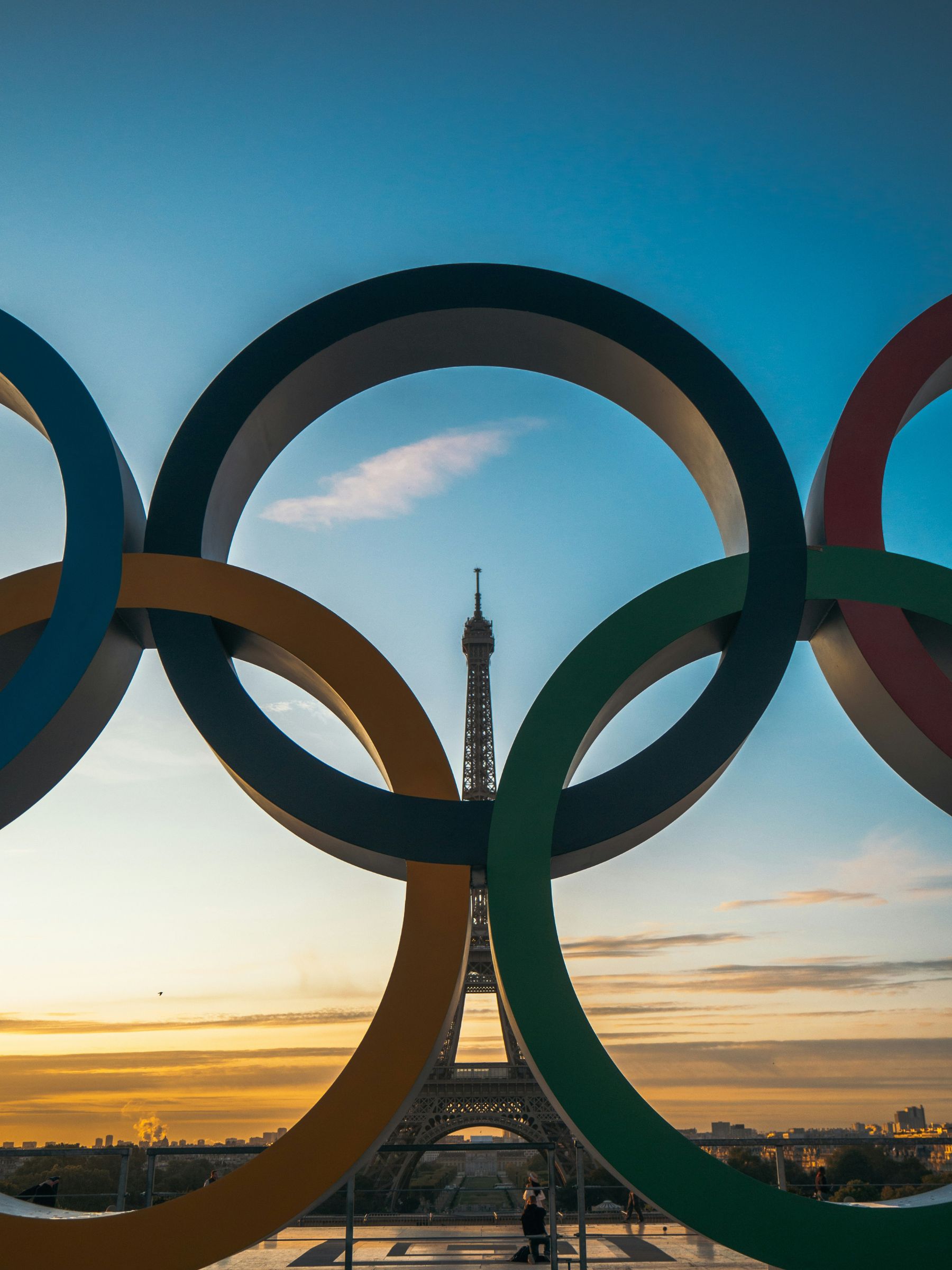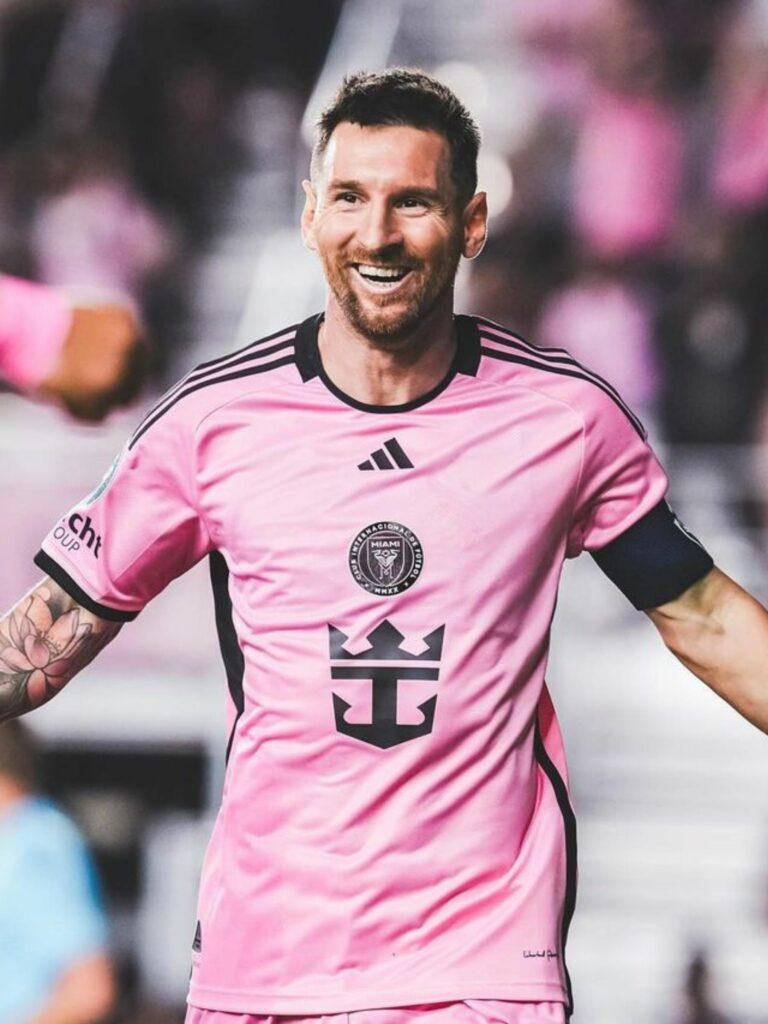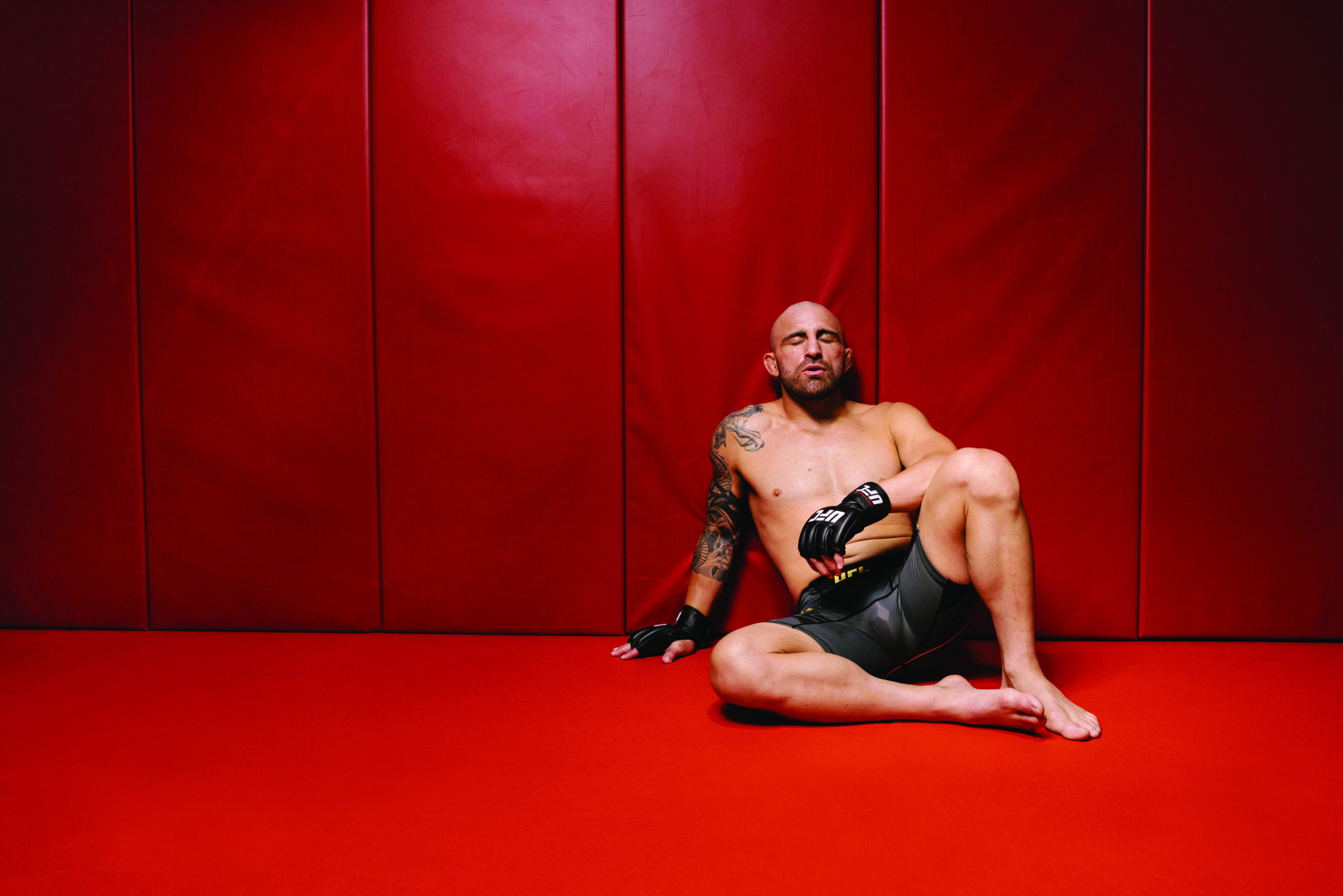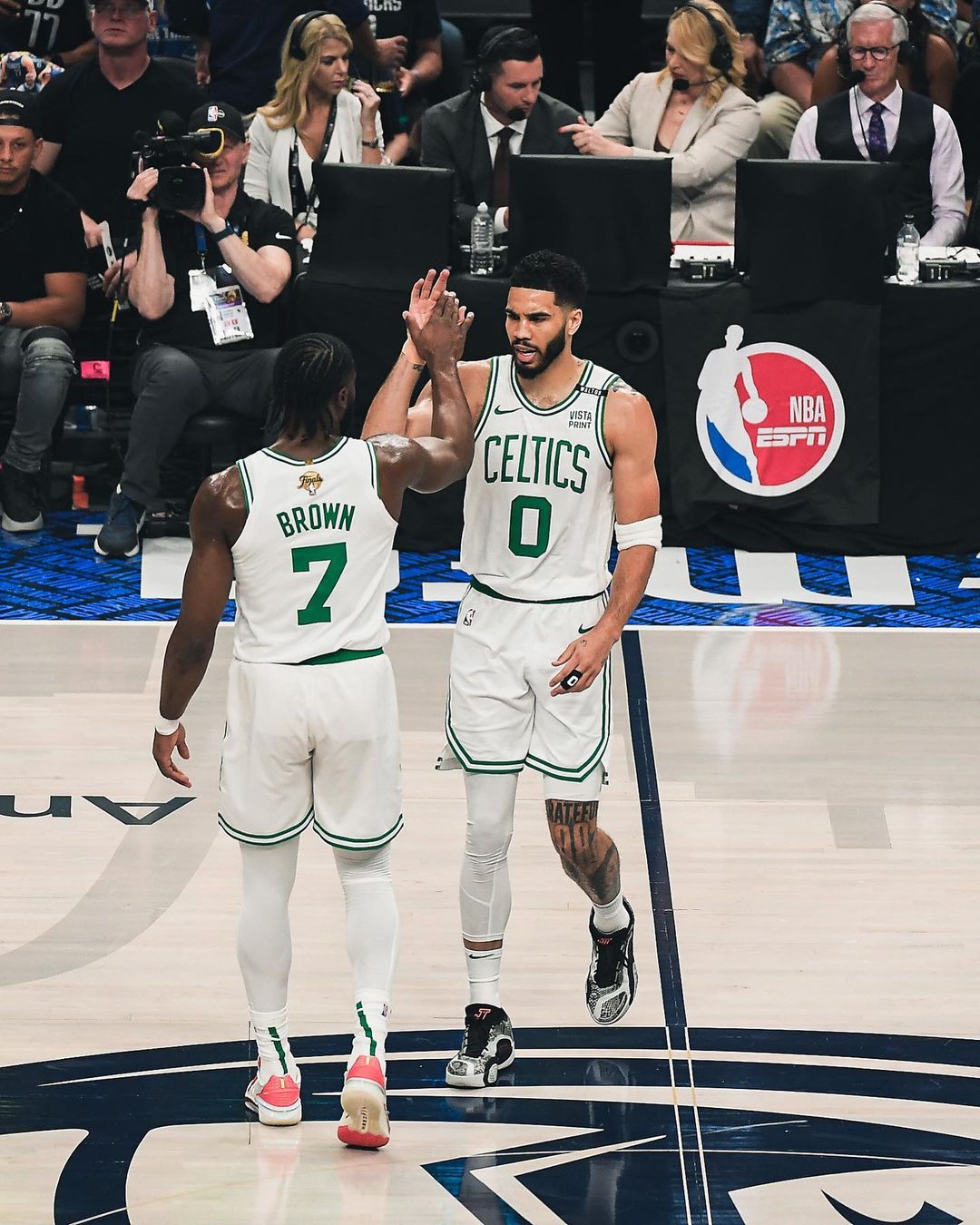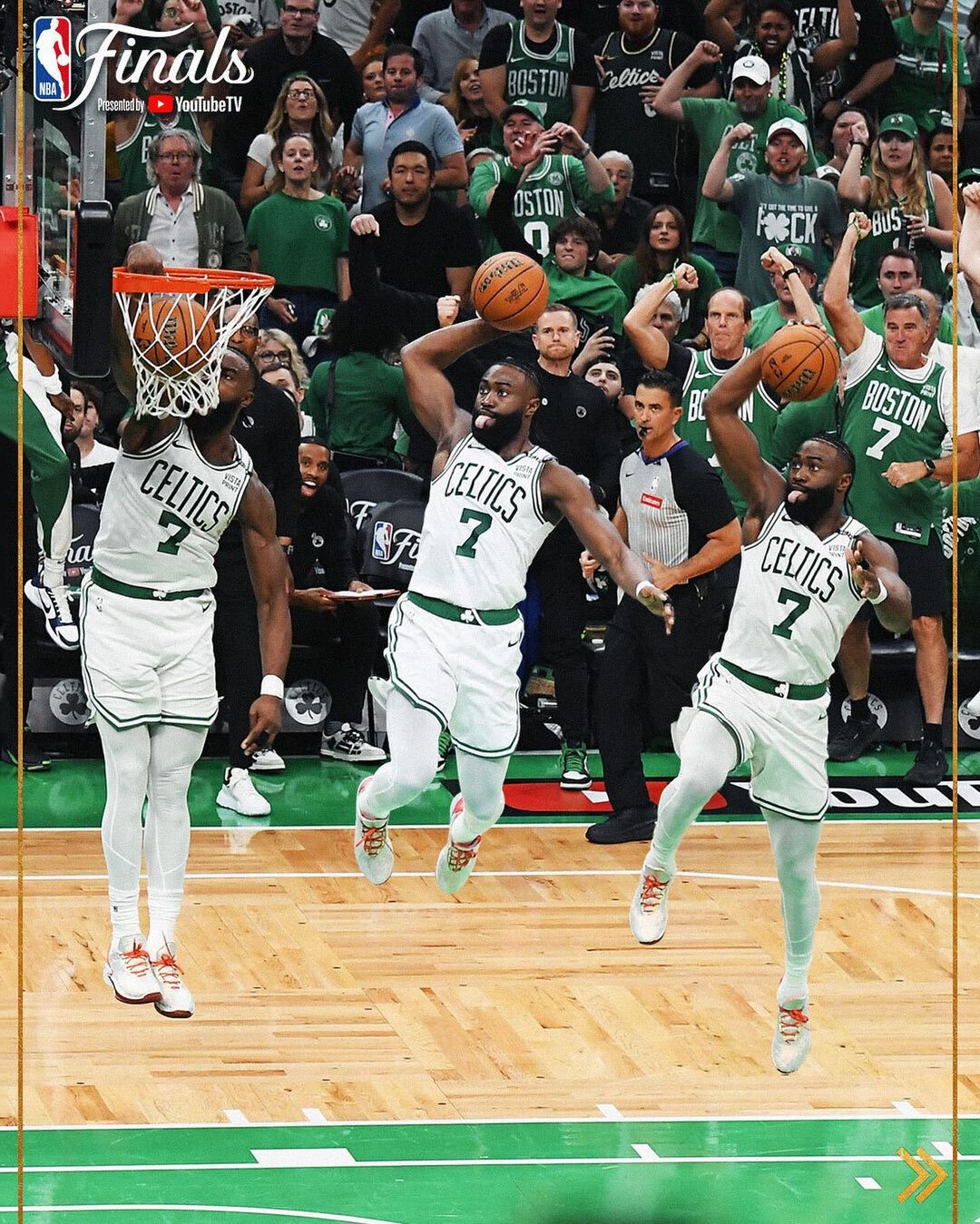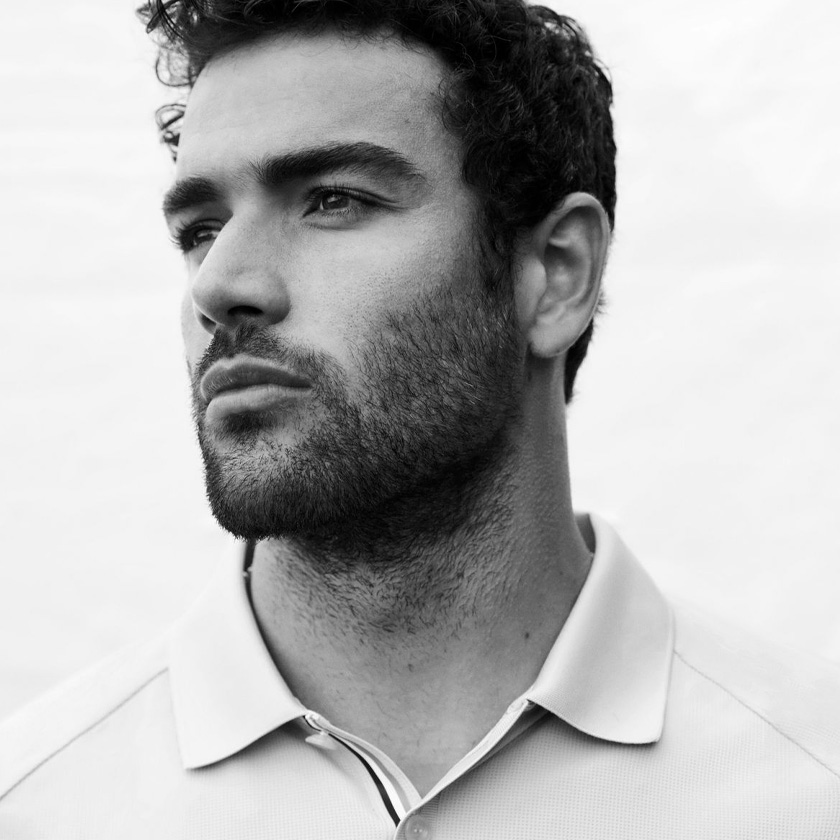
WHEN IT COMES TO TASKS that require a lot of time, energy and concentration, starting the process is arguably the hardest part. For Matteo Berrettini, that’s certainly the case with tennis tournaments.
“The first matches, I think, are the toughest,” he says over Zoom, having just finished training for his first game in the Stuttgart Open (he won, FYI). “When you play semi-finals, you’ve played enough matches so you know what the conditions are.”
Having pulled out of Roland Garros to not further strain his ankle injury, Berrettini returns to the grass season after a tumultuous start to the year. In the 28-year-old’s first ATP tour match in seven months, Andy Murray took the victory – he wrote “life in the old dog yet” on the camera lens after his win – after a game that saw Berrettini nearly faint due to dizzy spells.
Then, he had his break. At the Marrakech Open, Berrettini lifted his first trophy since his Queen’s Club victory in 2022, pushing him back up the rankings and nearer to his peak position.
“The toughest thing, when you’re injured, is that when you don’t play matches for a long time you have to get used to them again. It seems [obvious], but it doesn’t matter how many practice sets you play beforehand, the rhythm of the match is something different,” says Berrettini. “Being able to play a long time without getting distracted by everything that’s going on and all the thoughts that you have . . . it’s pretty tiring and it’s not easy.”
Despite this, Berrettini is in seemingly good spirits. “It’s always nice to come back here,” he says. “I won this tournament twice. In a way, it feels a little bit like home.”
It’s also sponsored by Boss, the brand that Berrettini has been an ambassador for since 2022 – dressing head to toe in the designer well before Sinner stepped on the court in luxury attire last year – and whom the Italian tennis player has a capsule with.
Marking the third iteration of the collaboration, Esquire speaks to the racket wielder about why he doesn’t regret his skinny jean phase, valuable advice from Roger Federer and why he hasn’t seen Challengers.
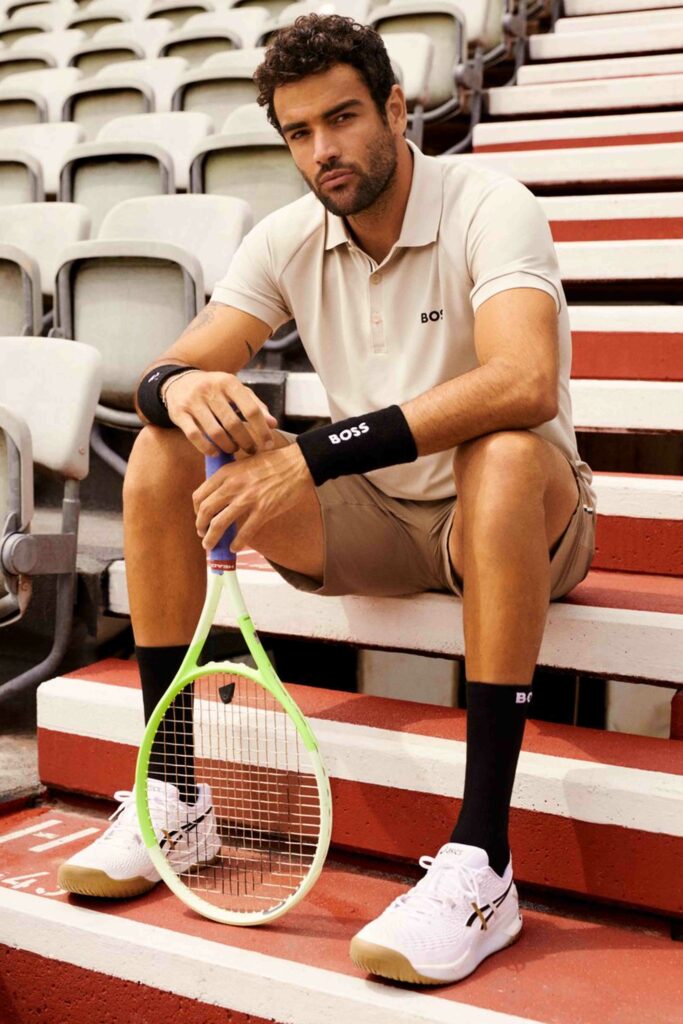
Have you been given any advice about tennis, and how to deal with its pressures, that has become valuable life advice as well?
When I was in London [last year] busy celebrating Roger Federer’s last match, he was crying because he was sad about leaving something that he loved so much, and was telling us: ‘You guys have no idea how lucky you are, that you can keep playing. I would give a lot to just be able to play one more match, have one more win, one more important tournament. So keep enjoying, keep striving, because this is the best sport ever and you’ve got to enjoy it.’
And I think that’s when I really understood the power of loving what you do. That it’s in the bad moments and the good moments, it’s just enjoying the ride – I’ve tried to do that since.
Do you have any locker room or kit bag essentials?
I’m probably one of the messiest people on the planet, so I struggle to have one item that I always take me. But I’m superstitious about my necklace. That’s the one that my mum got for me a long time ago, and since I started playing professional I always put it on. When I get on court, I take it out and I put it on the bench, and that’s my ritual.
Do you think you’re generally quite superstitious? I know a lot of athletes can be.
I am a little bit, but not like crazy. I think at the end of the day, if it’s something that you believe in too much, it’s kind of like a weakness. You can do everything perfectly, but if the opponent is stronger than you, then he’s going to win. It’s not all about that, but these things help you to get into the right mindset. The tidier you are mentally, the more focused you can be and the better you can play. So that’s why I do all this stuff, because it helps me to get into the right mindset for the match.
You’re a Boss ambassador, but how interested were you in fashion before you became one?
I have to say, obviously, since I joined the Boss family, I’ve got into fashion a lot more from shoots and fashion weeks. It’s not really my work and still isn’t my work, but at the same time, it’s really cool what’s happening. I never thought it would. I say it all the time, I’m just a kid that loves to play tennis, and then so many good things have happened and I’m so grateful for that.
But a few years before, I started to get more of an interest in fashion, in the way that I wanted to have a sense of style. Then I went through a certain moment where I was wearing skinny jeans, leather jackets, pretty tight T-shirts . . . But now I’m into baggy looks. I’m evolving, but I don’t follow just the fashion rules. I just like to feel comfortable in my clothes.
Have you had any fashion faux pas over the past couple years that you look back you’ve learned from?
I sometimes look at old pictures and I [question] why those jeans were so tight! [laughs] But I think in that moment, I was feeling good so it’s okay. That’s just a phase of your life – as long as you like it.
Over the decades, there’s been some tennis superstars that have had quite distinctive looks on the court. Are there any tennis heroes that you’ve looked to when thinking about what to wear on the courts, or anyone that’s inspired you to be a bit more experimental?
I grew up watching Roger [Federer] and Rafa [Nadal], and they were the guys that you had to watch. Everything they were doing reflected their personality. For example, The look Rafa was playing at the beginning was a sleeveless [top] and long shorts. It was like a bull got on the court, and his energy was all over the place. You could feel that this look fits him. If you put that look on anybody [else] on tour, that would have been a disaster.
Or that year when Roger was stepping on court in Wimbledon in like a [military-style suit] jacket, basically a full white tuxedo. He was the only one that could do that, and he pulled it off. So I think looking at them, they made me understand that it’s really important that you feel comfortable in your clothes and in your style when you’re off and on court, because at the end of the day, you have to perform in it.
Obviously you wear Boss while on court. What do you look for as part of your tennis uniform?
It’s all about performance at the beginning, so it’s really important that it feels comfortable. For example, I sweat a lot, not a crazy amount where I have to change my t-shirt every two games, but it’s really important that my T-shirt made of a fabric that sticks to my skin when I’m playing, especially in really hot conditions. So first of all, when I sat down the first time with the Boss family, we decided to go into that direction. You have to feel light. Then obviously, you can think about style.
It still feels crazy, after three years, so I think I’m never going to get used to it, but it’s really special for me. I’m looking at my wristbands, and they have my name on it, because they’re from my capsule collection. Having this kind of respect from such a big brand, it gives me a lot of energy.
Final question, have you seen the film Challengers?
Actually I haven’t. Everybody’s talking about it. It’s not that I don’t want to watch it, I just haven’t had the time to open my laptop recently. Other tennis players have seen it and said that it has some great actors, but I honestly don’t know anything about it. I’ll have to play this tournament and then watch it.
This story was originally published on Esquire UK.
Related:
Michael Jordan’s shadow continues to loom large
Men who swear at GOATs: the relentless debate over sporting greats









